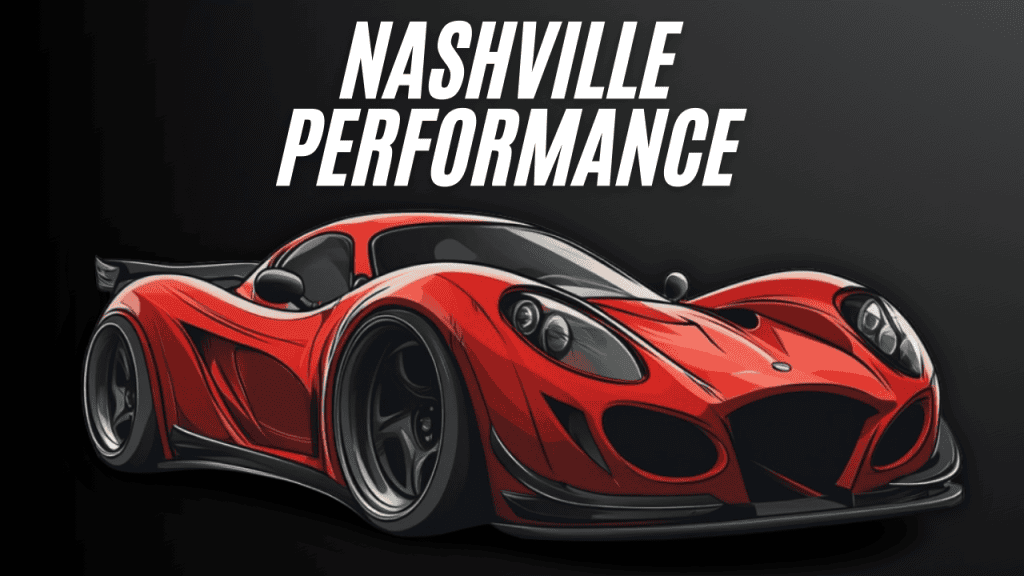Table of Contents
The Science Behind Aerodynamics and Fuel Efficiency
Aerodynamics, the study of air and its interaction with solid objects, plays a pivotal role in automotive design. It directly influences fuel efficiency by reducing drag—the force that opposes a vehicle’s motion through the air.
The principle is simple: the smoother the airflow around a car, the less fuel it consumes to maintain speed. Beyond fuel savings, aerodynamics also contributes to reduced emissions and enhanced vehicle performance. Let’s explore how aerodynamics impacts fuel efficiency and how modifications can optimize a car’s performance.
Key Takeaways
Fuel Efficiency: Aerodynamics significantly impacts fuel consumption by reducing drag.
Aerodynamic Enhancements: Features like rear spoilers, front splitters, and side skirts improve airflow.
Cost-Effectiveness: Investing in aerodynamic improvements can lead to long-term fuel savings.
Environmental Impact: Reduced drag translates to lower carbon emissions.
Vehicle Performance: Aerodynamics not only boosts efficiency but also enhances handling and stability.
Exploring Aerodynamics and Fuel Efficiency
Rear Spoilers: More Than Just Aesthetic Appeal
While rear spoilers are often associated with sporty aesthetics, their primary function is to manage airflow at the rear of the vehicle. By minimizing turbulence and drag, rear spoilers can contribute to fuel savings and improved stability, especially at higher speeds.
Front Splitters: Leading the Way in Air Management
Front splitters, located at the front of the car, play a crucial role in directing airflow underneath the vehicle. This reduces lift and ensures better stability, making the vehicle more efficient and easier to handle at higher speeds.
Side Skirts: Streamlining the Sides
Side skirts are not just cosmetic upgrades; they serve to guide air along the sides of the vehicle, reducing drag. By smoothing out the airflow, side skirts contribute to greater fuel efficiency while also enhancing the car’s overall aerodynamics.
Cost-Effectiveness of Aerodynamic Modifications
Aerodynamic enhancements are not reserved for high-performance vehicles. Even everyday cars can benefit from these modifications, which lead to fuel savings over time. Although the initial investment in features like side skirts or rear spoilers might seem high, the reduction in fuel consumption can quickly offset the cost. For drivers who prioritize efficiency, these modifications are a practical and cost-effective solution.
Environmental and Performance Benefits
Improved aerodynamics has a twofold benefit:
- Reduced Carbon Emissions: Lower drag results in reduced fuel consumption, which directly translates to fewer CO2 emissions. This makes aerodynamic enhancements an environmentally responsible choice.
- Enhanced Vehicle Performance: Beyond fuel efficiency, aerodynamic upgrades improve handling and stability, especially at high speeds. This leads to a more enjoyable and safer driving experience.
Types of Aerodynamic Modifications
| Aerodynamic Feature | Function | Impact on Fuel Efficiency |
|---|---|---|
| Rear Spoilers | Minimize air turbulence at the vehicle’s rear | Reduces drag, enhancing fuel savings. |
| Front Splitters | Manage airflow underneath the vehicle | Improves stability and efficiency at high speeds. |
| Side Skirts | Smooth airflow along the vehicle’s sides | Decreases drag, contributing to fuel efficiency. |
| Vortex Generators | Optimize air vortices over the vehicle body | Enhances aerodynamic performance. |
| Reducing Drag Design | Overall design modifications to reduce drag | Directly correlates to improved fuel efficiency. |
Reducing Drag for Speed and Efficiency
Drag reduction is one of the most impactful strategies for improving fuel efficiency. By optimizing the overall shape of the vehicle, ensuring smooth airflow, and integrating aerodynamic components, manufacturers and car owners can significantly reduce fuel consumption while maintaining or even enhancing performance.
Conclusion
Aerodynamics is a cornerstone of fuel efficiency in modern automotive design. By understanding the principles of airflow and integrating aerodynamic enhancements, vehicles can achieve better performance, lower fuel consumption, and reduced environmental impact. Whether it’s adding rear spoilers, front splitters, or side skirts, these modifications provide a practical way to enjoy cost savings and a superior driving experience. Adopting aerodynamic solutions is a smart move for any driver seeking to optimize their vehicle’s efficiency and performance.
Additional Resources
Check out the best performance car gear available on the market.
